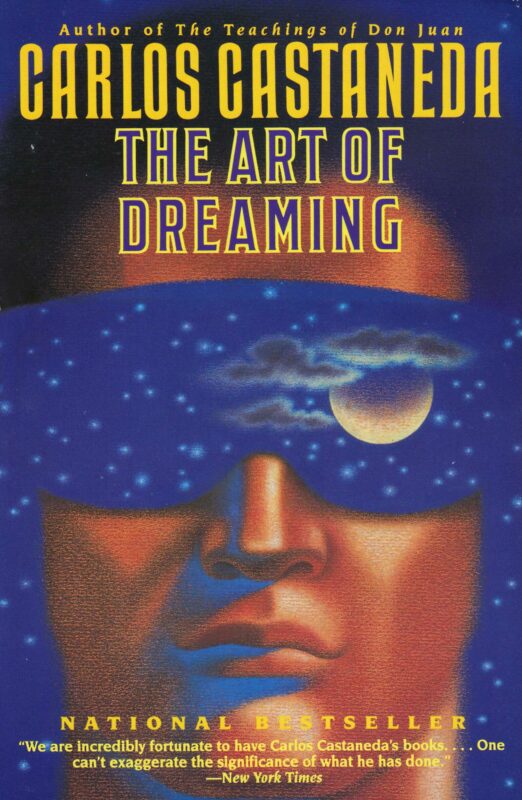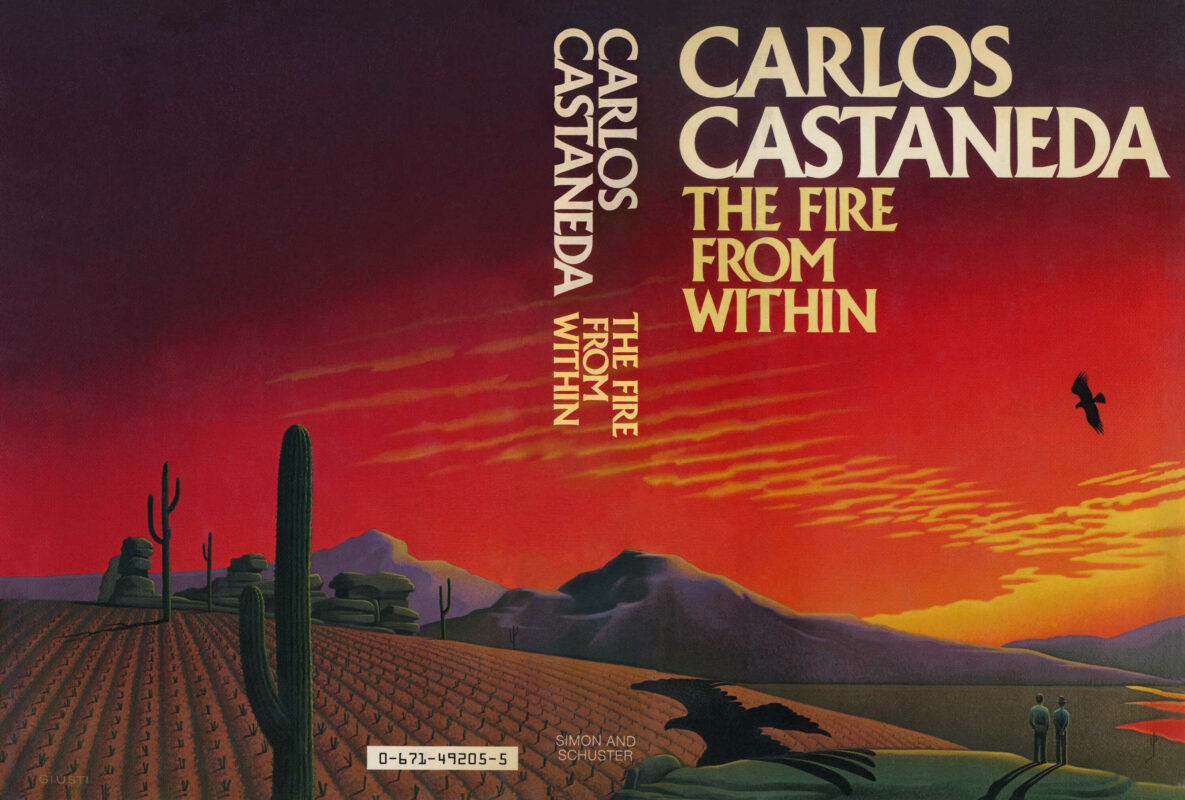The shadows’ world – The Art of Dreaming
In this text, Carlos Castaneda recounts his increasingly intense and perilous experiences with dreaming under the guidance of his teacher, don Juan. Carlos Castaneda is warned about the manipulative nature of inorganic beings who inhabit a separate universe accessible through the gates of dreaming. As Castaneda delves deeper, particularly into the “shadows’ world,” he encounters an “emissary” and other energetic entities, eventually discovering a “prisoner scout” in the form of a little girl. Don Juan expresses grave concern, emphasizing the dangers of becoming trapped by these beings, who covet human energy and use elaborate drills to ensnare dreamers. Despite the warnings and escalating anxiety, Castaneda finds himself inexorably drawn to this other realm, culminating in a desperate attempt to free the prisoner scout by merging his own energy with hers.

